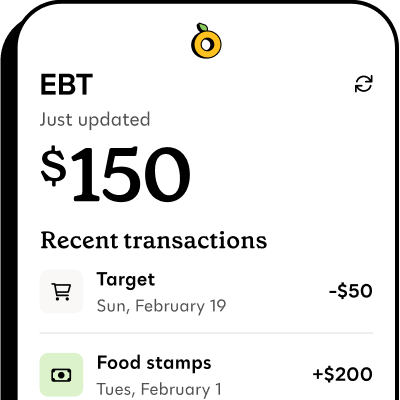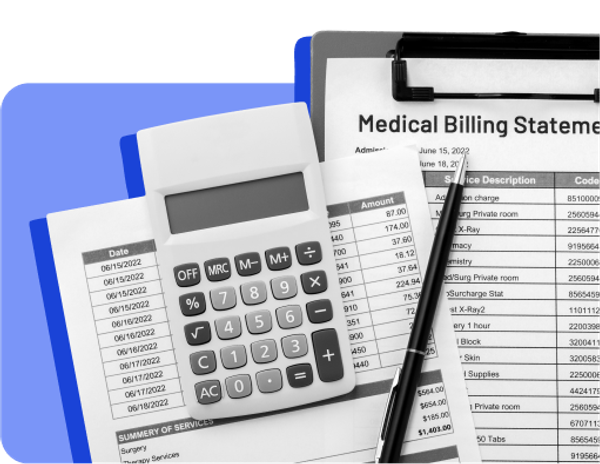Is Medicaid free?

Medicaid is typically free or very low-cost. If you qualify for Medicaid, you probably won’t pay a monthly premium for healthcare coverage.
And standard services, like regular doctor's visits, preventive appointments, and hospital stays, will also be free of charge.
The payments go directly to your medical providers, not to you. But Medicaid doesn’t cover all medical costs, you may need to pay out-of-pocket copays for some services, like certain doctor’s visits and prescription medications.

Propel is the #1-rated EBT balance checking app
What’s free under Medicaid#whats-free-under-medicaid
Medicaid is a program run jointly by federal and state governments to provide low- or no-cost care to people with limited incomes.
The federal government has some guidelines that all states have to follow, but every state runs its own Medicaid program (sometimes with different names). That means Medicaid coverage details, costs, and policy varies by state.
Typically with Medicaid, you pay no monthly premium for your health insurance coverage. Medicaid will also cover the cost of:
- Hospital stays
- Outpatient doctor visits
- Preventative care
- Prenatal care
- Nursing facility services
- Home health services
- Services and coverage for qualifying dependents or children (this is often referred to as CHIP)
What isn’t free with Medicaid#what-isnt-free-with-medicaid
Depending on your state, you may have to pay small copays charged for some care, including:
- Certain prescription medications
- Emergency room visits
- Inpatient stays
The cost of these copays is capped under federal law, meaning that even when you have to pay them, these copays are likely to be only a few dollars.
How to get Medicaid#how-to-get-medicaid
There are a few ways to apply for Medicaid, all of which involve your state’s Medicaid office:
- Apply online through your state’s benefits portal
- Call your local Department of Human Services or Medicaid Office
- Seek application help from a local hospital, clinic, or community organization
- Visit Healthcare.gov and complete an application. If anyone in your household qualifies for coverage, your state agency will reach out about enrollment
To apply for Medicaid, you’ll need some or all of the following information:
- Names and dates of birth for all applicants
- Social Security Numbers for all applicants
- Proof of monthly payments for housing, including mortgage, rent, and utilities
- Proof of citizenship or immigration status
- Proof of income (paystubs or W-2s)
- Proof of any other government benefits you receive, like SNAP or TANF
- Information about any current insurance coverage
Who qualifies for Medicaid?#who-qualifies-for-medicaid
Medicaid is meant to cover qualifying:
- Low-income adults
- Children
- Pregnant women
- People age 65 or over
- People with disabilities
But Medicaid eligibility isn’t as cut and dry as Medicare eligibility. Coverage depends on several factors, typically a combination of factors including:
- Your income (how much money you make)
- The value of your assets (not including the value of your primary home or car)
- If you need help with medical or long-term care expenses
If you qualify for and receive Medicaid, you’ll need to renew your Medicaid coverage every year.







